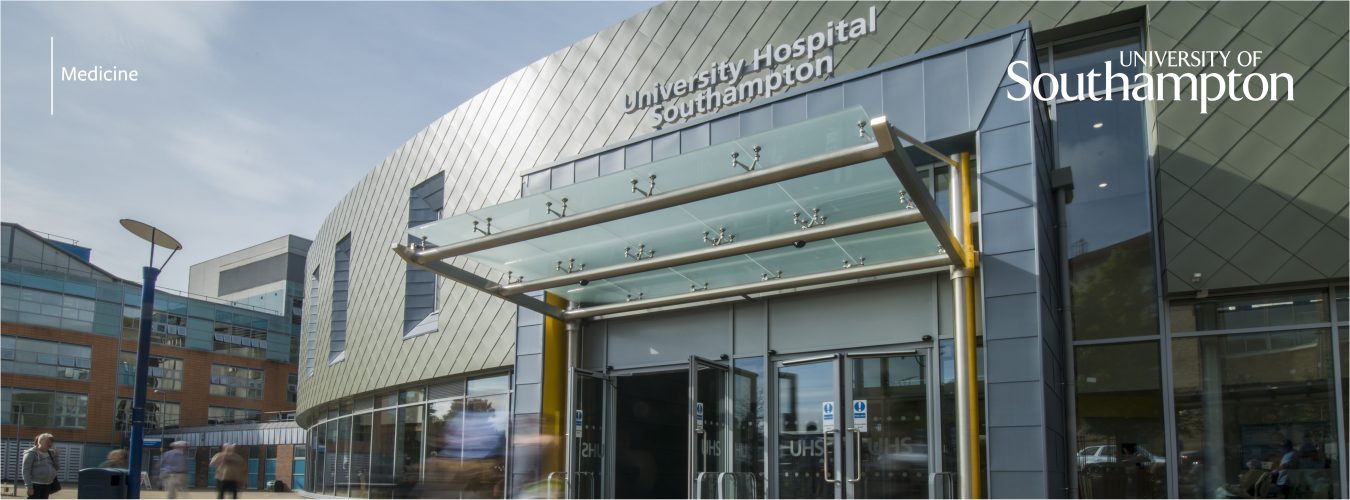In the two decades of clinical research I enjoyed prior to the far-reaching influence of the world-wide web, I recall many fulfilling hours catching up with the literature in the library. This had two enormous benefits which I did not recognise at the time: first, it gave me time to think in a rather less channelled way than I am used to having done in the last 15 years; second, the geographic co-location of so many young investigators opened the door to interactions across disciplines which led to collaborations that were productive for many years.
Examples include the close interaction between engineering and medical physics necessary to assess bone density (Victor Poll and I actually constructed an isotopic photon absorptiometer in the basement of A-Level South block before his untimely passing); and delineation of the roles of trauma and bone strength as critical determinants of hip fracture (an idea hatched with Roger Briggs outside the library in 1983).
As we embark on another quinquennium of intramural MRC funding at the newly reconfigured MRC Lifecourse Epidemiology Centre, in what are even in my experience the most unusual circumstances, I spared a moment to reflect on the clearly visible evidence of enormous creativity throughout the Faculty and Trust. Whether we speak of the PERSO hoods; the inhaled cytokines; the vaccine trials; the salivary COVID testing programme or the multiplicity of other COVID-19 projects being undertaken in every group and department within our four schools; the vibrant creativity of bright, committed individuals is apparent.
The question then arose: how do we bottle that creativity and maintain it as an essential ingredient of our day-to-day post-COVID lives? So, as I tell my research students to do when all else fails, I went to the library. This was, of course, the modern equivalent while working from home, but I was not surprised to find much written about creativity and its flourishing in times of crisis, but little about maintenance of that golden period when the period of crisis has passed.
Creativity has traditionally been defined by finalised outcomes such as ideas (creative thinking), solutions (problem solving) and product (artistic or scientific). Metrics purporting to measure these components tend to correlate negatively with mortality and poor health status, while creative self efficacy (an individual’s belief in their own ability to be creative in response to external force-majeure) correlates positively with mental well-being. There is growing evidence that high creativity is related to low stress and to the capacity to adapt and cope; this led, in a paper published a couple of weeks ago (Orkibi H. Front Psychol 2021; 11: 568172), to characterisation of a novel measure – creative adaptability – which aims to measure the ability to respond creatively and adaptively to stressful situations. It is hardly surprising that creative adaptability is a predictor of well-being (the major finding of the two studies described by the authors); what is far less clear is the extent to which structural and cultural modification of the prevailing environment might enhance creative adaptability.
As shapers of that environment, it behoves us to look carefully at it, and search for ways in which we can promote a culture fostering freedom of thought. This is especially the case during periods of crisis, as these are the times when the burdens of central governance and authority are loosened, only to return with vigour as a new steady state emerges. Choosing the right balance between these two opposing forces seems to me to be worthy of all our attention.
Finally, I could not close without paying personal respect to all who have suffered so much at the hands of the pandemic. With the 100,000th death, and the sad passing of Captain Tom, it is clear that COVID-19 is touching all of our lives. For me, I became aware of a local rheumatologist whose parents (both in their nineties) live at some distance. As luck would have it, the father developed a large knee effusion after the New Year (probably the only medical event that the rheumatologist was remotely useful for!). Thereafter, he sustained a serious fall. With the prevailing state of local primary care and rheumatology services, the rheumatologist took a snap decision at the height of the lockdown, to travel up to the parents; aspirate the knee; and establish local support services. All counter to prevailing advice at the time. Happily, temporary stability ensued. But the episode taught me that there are no definite answers to the questions posed by this pandemic to all of us. And I should know. As the rheumatologist, of course, was myself.


Preserving Creativity After Times of Crisis by Professor Cyrus Cooper